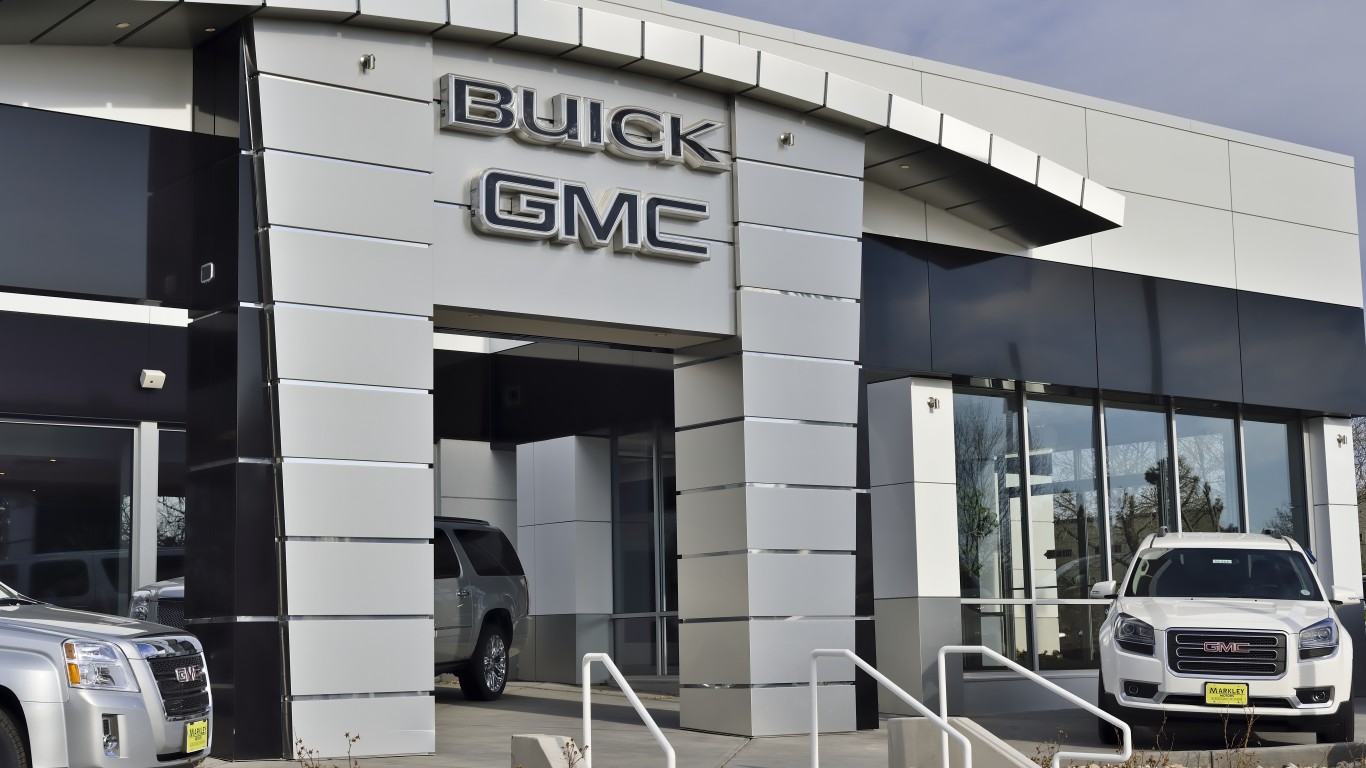
New car fuel economy increased significantly between model years 2008 and 2014, rising from 20.8 mpg to 25.3 mpg. But the number of new cars entering the entire U.S. fleet of on-road vehicles represents a relatively small proportion of that fleet. The 16.5 million new light-duty vehicles (cars, sport utility vehicles and pickups) sold in 2014 represented just 6.5% of the entirety of more than 250 million vehicles in the U.S. fleet. The average age of a light-duty vehicle is about 11.4 years.
From 1923 through 1935, on-road fuel economy remained roughly constant at around 14 mpg. Beginning in 1936, fuel economy actually declined gradually, falling to its lowest level, 11.9 mpg, in 1973 — coincidentally, the year of the first oil embargo. Starting the next year, fuel economy increased rapidly, reaching 16.9 mpg by 1991. Since then, however, improvements have been modest, with fuel economy rising to 17.6 mpg in 2013.
The oil embargo of 1973 led to the development of the Corporate Average Fuel Economy (CAFE) standards enacted in 1975 and implemented in 1978. The improvement in fuel economy was large and rapid: between 1973 and 1991, the fuel economy of new cars sold in the United States rose from 13.4 mpg to 21.2 mpg. From 1991 to 2013, the improvement has been just over 2.0 mpg.
ALSO READ: Iconic Car Prices Then and Now
What matters most? Researchers Michael Sivak and Brandon Schoettle cite research by Larrick and Soll in 2008: “[E]qual absolute increases in miles per gallon result in greater fuel savings as the initial fuel economy of a vehicle decreases.” They offer two scenarios, both involving vehicles that travel 12,000 miles in a year. An improvement from 15 mpg to 16 mpg reduces fuel consumption by 50 gallons a year; an improvement from 40 mpg to 41 mpg saves just 7 gallons of fuel a year. They note:
[S]ociety has much more to gain from improving a car from 15 mpg to 16 mpg than from improving a car from 40 mpg to 41 mpg. Similarly, the benefits to society are greater from improving a truck from 4 mpg to 4.5 mpg than from improving a truck from 7 mpg to 7.5 mpg (while keeping the load-carrying capacity the same).
In 20 Years, I Haven’t Seen A Cash Back Card This Good
Credit card companies are at war, handing out free rewards and benefits to win the best customers. A good cash back card can be worth thousands of dollars a year in free money, not to mention other perks like travel, insurance, and access to fancy lounges. Our top pick today has pays up to 5% cash back, a $200 bonus on top, and $0 annual fee. Click here to apply before they stop offering rewards this generous.
Flywheel Publishing has partnered with CardRatings for our coverage of credit card products. Flywheel Publishing and CardRatings may receive a commission from card issuers.
Thank you for reading! Have some feedback for us?
Contact the 24/7 Wall St. editorial team.


